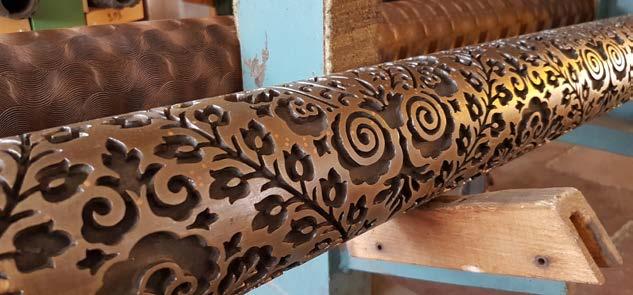
1 minute read
Tradition and innovations
Tradition and innovation
RIFINIZIONE VIGNALI: TRADIZIONE E INNOVAZIONE
For many years, Rifinizione Vignali has been a name associated with quality and innovation in the field of textile finishing, because of the wide range of state-of-the-art treatments it offers. Quality service has been the company’s strength for 72 years, along with the Vignali family’s uninterrupted ownership of the company. Rifinizione Vignali, in fact, began operating back in 1947, when Silvio Vignali took his first steps as entrepreneur by teaselling blankets. The years 1954-55, with Silvio’s son Ivo joining the company, marked a great turning point in the business. Rifinizione Vignali changed and expanded its production range and processing methods with a view to further industrial development. Ivo is the current president of the board of directors and the third-generation members of the family, Barbara and Silvia, have joined the company too. Over the years, in addition to new finishing treatments of fine and innovative fabrics, in par-ticular, upholstery fabrics which had not been produced in the Prato area until then, the company became highly specialized in the finishing of acrylic carpets and faux fur coats. In more recent times, Rifinizione Vignali also specialized in the finishing of velvets and fur-nishing fabrics. In the sixties, the company believed it was time to upgrade the entire machinery fleet and, in 1973, a new dyeing mill, Ma-Vi, was started, adding to the one operating within Rifinizione Vignali. Then the company further expanded its activity, soon becoming well-known not only in the Prato area, but also across the country and abroad. Today, the company can count on a base of regular customers who continue to trust Vignali’s experience and rely on its inno-vative solutions. At present, Rifinizione Vignali, together with Tintoria MA-VI, employs about 100 people and is increasingly committed to research on new technologies and improve-ment of processing and service quality, with an eye to sustainability of production processes.








